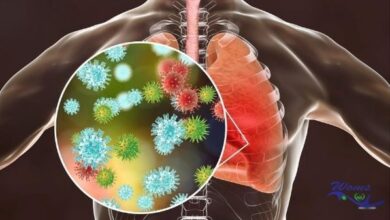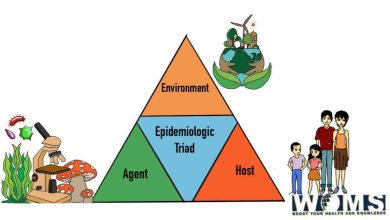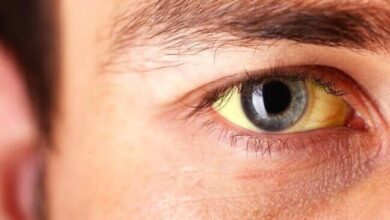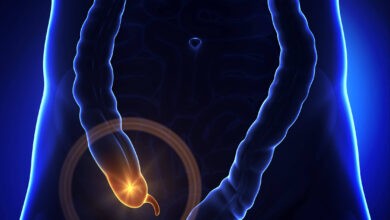Scabies signs and symptoms
Overview I site of lesion I scabies signs and symptoms I mode of spread of scabies I complications I treatment I preventive measures I summary
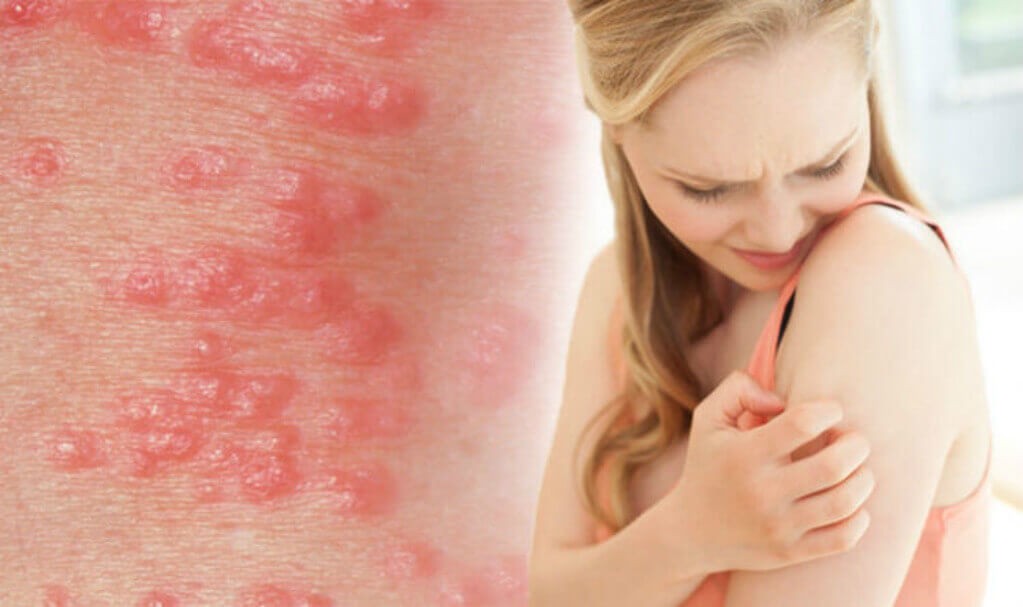
scabies is a highly contagious disease of the skin caused by the itch mite (female Sarcoptes scabies hominis) characterized by papulovesicular eruption along the burrows containing the mites and their eggs with intense itching more at night. It spreads in households and environments where there is intimate personal contact. The scabies signs and symptoms include ecxematisation elsewhere on the body; the face and scalp are rarely affected, except in infants.
The diagnosis is made by identifying the sciabetic burrow and visualizing the mite (by extracting with a needle or using a dermatoscope). In children, the palms and soles can be involved, with pustules. Pruritus is prominent. Involvement of the genitals in males and of the nipples commonly occurs. Even after successful treatment, the itch can continue and occasionally nodular lesions persist.
As scabies is one of communicable disease that means it can transmit from one person to other its better to know scabies signs and symptoms and seek treatment as soon as possible.
Site of lesion
- Hand (finger webs) and wrists-63%
- Extensor aspect of elbow-10.9%
- Axillae
- Thigh
- Genitals
- Abdomen
It can also occur throughout the whole body except palms, soles and face in case of adults but in case of children’s palm, soles and face also involved commonly.
scabies signs and symptoms
let’s discuss scabies signs and symptoms separately. Scabies is most commonly characterized by intense, persistent itching of the skin around the chest, arms, hands, legs and genitals. Normally itching can be temporarily relieved by oral or tropical anti-itching medications. That’s said this method will not eradicate the mites.
Scabies often causes a visible rash that usually seen between the fingers, on the writs, on the groin area, in the armpits, around the waist, and in the genital area and the scabies rash is not unique.
Common signs
The common signs of scabies are:
- Red or purple colour
- Tiny lines, known as burrows, connecting coloured areas
- Small pimples
- Bumpy skins
- Visible white pus
These scabies sign and symptoms begin after an incubation period and are associated with mature stage of parasites, during it tend to settle deep in the skin.
Mode of spread of scabies
- Close contact: scabies is usually transmitted by close contact with an infected person. This is often due to sleeping in the same bed or by children playing with each other or nursing an infected person.
- Contaminated clothes: the disease may be acquired sometimes from contaminated clothes and bed linen.
Diagnosis of scabies:
Main diagnostic features are:
- The patient complains of itching which worsens at night.
- examination reveals follicular lesions at the affected site.
- The secondary infection leads to crusted papules and pustules.
- Probable diagnosis- if the other household members are affected.
- Confirmation of diagnosis- by searching for the parasite in the skin debris under a microscope.
Complications
The complications of scabies are:
- Glomerulonephritis
- Rheumatic fever
- Secondary infection
- Urticaria
- Eczema
Treatment
Everyone living in the same house should be treated at the same time, even if they do not have any complaint about itchy skin. Some of the scabies treatment are enlisted below:
- Benzyl benzoate (25%) emulsion-smeared all over the body from neck to feet except face and genital areas for 3 successive days.
- Monosuldiram (tetmosol) (5%)- thrice daily applications
- Sulphur ointment (2.5 to 1%0: daily for 4 days
- Gamma benzene hexachloride (GBH) 1%
- Crotamiton (10%) cream or lotion
- Sulfur ointment (5-10%) in vaseline.
Method used for local treatment of scabies
After a good warm and soapy water, use the emulsion or ointment generously from the neck down the whole body up to toes. Use the drug for three consecutive days without a bath and on the fourth day have good soap and warm water bath. The clothes including bed sheets, pillow cases etc. used for three days must be treated at the same time to prevent re-infection.
Why itching is more at night in scabies?
Possibly because of the increase in mite activity due to increased body warm under sheets or blankets.
Preventive measures of scabies
Health education: people should be educated in practising good health habits with an emphasis on the improvement of personal hygiene.
Early diagnosis and treatment: all patient should be diagnosed and treated early to prevent further spread of the disease.
Remember
- Scabies is a skin infestation caused by itch mites.
- Scabies leads to a red, itching bumps or blisters on the skins.
- If you develop scabies, your sexual partners and all members of your family should take the treatments.
- Treatment is effective if the instruction is followed carefully.
Summary
If you never had scabies before, scabies signs and symptoms may take as long as 4 to 6 week to begin. It is important to remember that a person with an infestation can spread scabies during this time, even they don’t have signs and symptoms yet. If you have scabies before, scabies signs and symptoms usually appear much sooner as (1 to 4 ) days. The person with crusted scabies may not shows the usual scabies signs and symptoms such as characteristics rash or itching.
